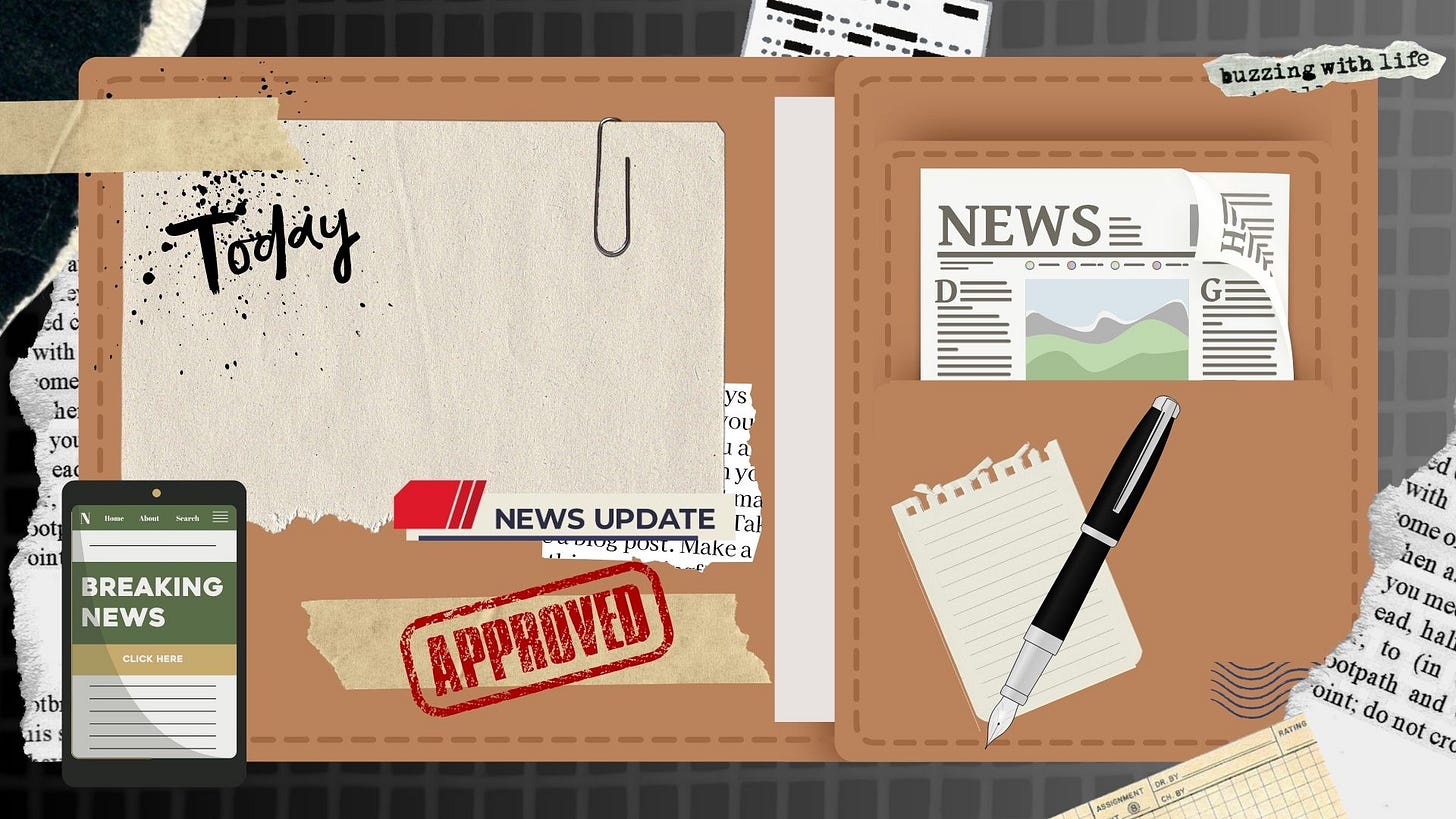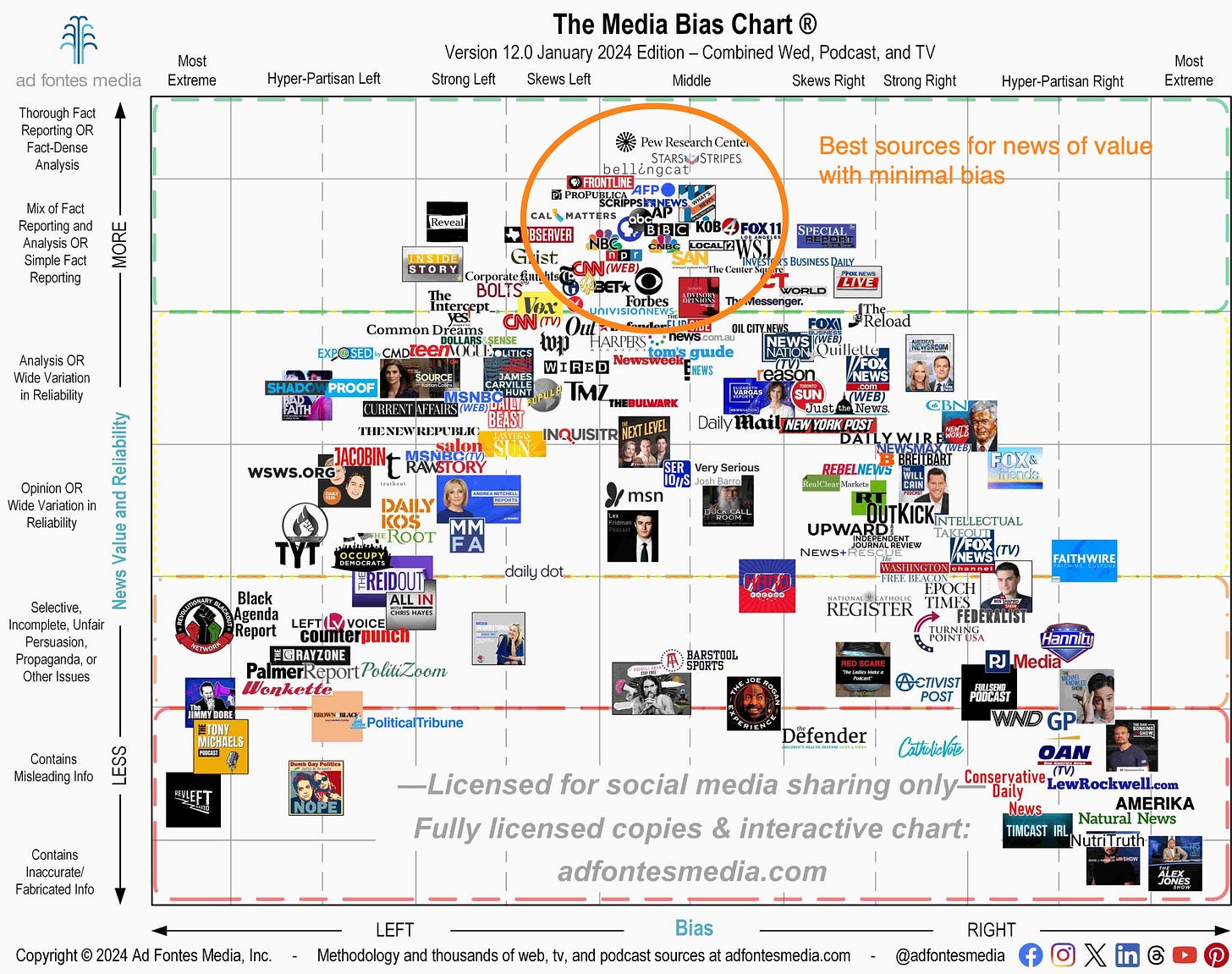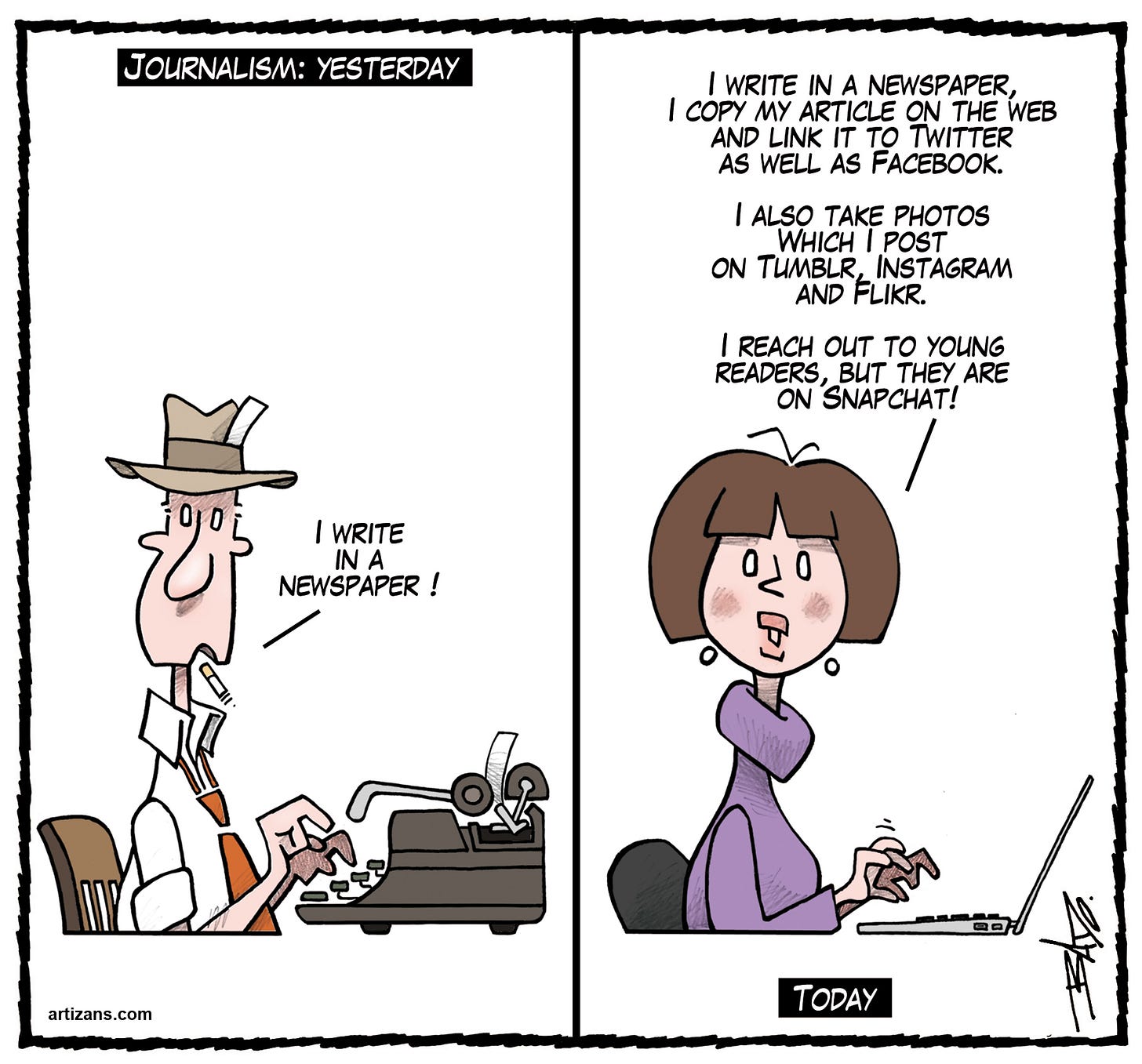What Is Journalism?
Journalism: the collection, preparation, and distribution of news and related commentary and feature materials through print and electronic media.
- Encylopeadia Britannica
The first evidence of journalistic media comes from the Roman Empire, around 59 B.C. The Acta Diurna was a daily report posted around the city to share information on events and important speeches. In China, there was the Bao, or court report, that was delivered to all government officials. It was published continuously between 700 and 1911. [More than 1,200 years]. The first newspapers as we understand them today were published in Antwerp, Germany beginning in 1609, soon followed by the first English newspaper in 1622.
But what separates what we hear from the news from what we hear via word of mouth? What makes The New York Times a prestige news source compared to the nosy neighbor who shares their every two cents and bit of hearsay on Facebook?
Before the formalization of journalistic education, most reporters learned their craft on the job as apprentices. But when the 19th century rolled around, so did burgeoning questions about the role of the press - particularly in politics. Many universities saw the need to offer structured coursework to properly prepare writers to become journalists, on top of specialty undergraduate study in the areas they wished to cover such as government, politics, foreign affairs, history, and even fashion.
Early American newspapers were incredibly biased and believed it was their duty to publish whatever was necessary to help their political party win. This devolved into what are now seen as unethical practices like yellow journalism and mudslinging. But as the role of journalists became further cemented in the operations of politics and the role of their stewardship between the people and government increased, more journalists felt it was their duty to serve the people rather than a party’s agenda.

This duty to the truth turned the career of journalism on its heel from something seedy and sneaky to an honorable job aimed at preserving democracy and protecting the people. As this shift was occurring, the size of American readership was exploding. In time this meant that papers were able to run themselves independently of financial backers with political biases. The more the press became an independent entity separate from any influence, the more rigorous the work became, and the more strongly journalists began to feel the need for their work to become further professionalized.
That being said, one major blow to the newspaper business in particular was the arrival of radio. Radio was able to broadcast news immediately while the papers had to write the news, set the type, and then print and distribute. Because they were no longer able to hold the news until they were ready to print, they lost the ability to be “first on the scene.” This resulted in papers relying on tactics that were more magazine-like in style like opinion pieces, background stories, and editorial flair. This is where we see a lot of the bias re-entering the newsroom as journalists were no longer able to merely report the facts of the situation, but were expected to use the added time to offer “a take” or a bigger picture on topics of the day.
Despite this shift to compete with emerging technologies many journalists and their unions as well as associations still felt they offered an irreplaceable service to the people. And not just in America. Societies formed around the world such as the Royal Commission on the Press (Britain), The Institute of Journalists (England), and the Fédération Nationale de la Presse Française (France). All instilled strict codes of ethics that their journalists and publications were required to follow to protect their reputations and readers.
The care that journalists adopted over the last century was formalized into a written document by The American Society of Newspaper Editors in 1923. This work, titled The Canons of Journalism, explains the role of journalists and the publications they work for and lays bare the ethics by which journalists ought to operate. The seven points of the document are as follows: (1) Responsibility, (2) Freedom of the Press, (3) Independence, (4) Sincerity, Truthfulness, Accuracy, (5) Impartiality, (6) Fair Play, (7) Decency.
Responsibility - The press serves the public and must therefore place public welfare above all other interests. Journalists who act with self-interest or selfish intention betray their readers and compromise the entire profession which requires a mutualistic relationship between the press and the people.
Freedom of the Press - “First Amendment: Congress shall make no law respecting an establishment of religion, or prohibiting the free exercise thereof, or abridging the freedom of speech, or of the press; or the right of the people peaceably to assemble, and to petition the Government for a redress of grievances.”
Independence - Newspapers should be free from all obligations other than those to the public. This requires a) freedom from the promotion of private interests and b) partisan treatment of editorial issues.
Sincerity, Truthfulness, Accuracy - The tenets protect the good-faith relationship between papers and their readers. Headlines and stories should be truthful to the facts of the occasion.
Impartiality - An ability to differentiate between news reporting and the sharing of personal opinions.
Fair Play - Newspapers should not publish unofficial charges of incendiary or defamatory content about individuals without giving the mentioned party the ability to speak up. They should not invade on personal feelings. Papers must also publish corrections promptly when wrong.
Decency - Newspapers should not pander to the baser interests of humankind. That is, they should not publish egregious or salacious materials that serve no higher purpose for the good of their readers.
When we watch news broadcasts on the television, listen to podcasts and interviews, and even read articles online and through social media these seven hallmarks of ethical journalism are usually absent. The rigorous attention to detail and concern for the public aren’t compatible with concepts like clickbait, going viral, and hooking your audience. The tools many creators who moonlight as journalists utilize to grab the attention of the masses are not to the professional standards of full-time journalists with training and editorial guidance. In looking at the mass media sources that fall out of the optimal range on our bias chart we also see that many of these older institutions have also left several of the canons behind in favor of ratings, views, and political bias.
The final reminder I wish to leave you with is that because of our ever-growing intimacy with all modes of media, we often accept everything we are told no matter the source as “news.” The definition of journalism has expanded with the changing times to cover all these new and emergent media sources. Journalism extends to include “print and electronic media [such] as newspapers, magazines, books, blogs, webcasts, podcasts, social networking and social media sites, and e-mail as well as through radio, motion pictures, and television.”





Very Good Abby!